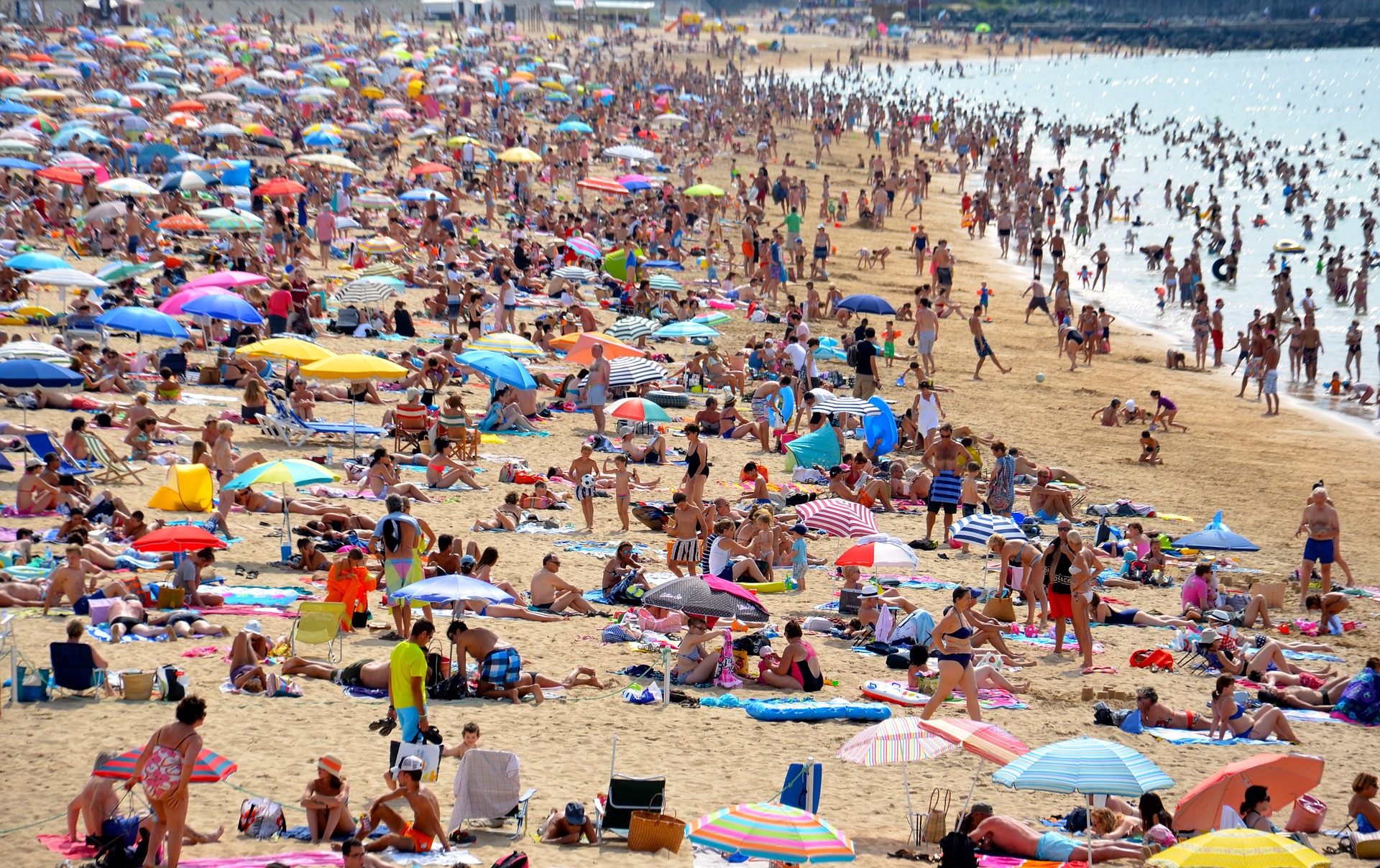
Heatwaves are rolling out around the world. Like last year, Europe felt the burden of high temperatures all summer long. It made us long for the beach or other places with open water. Which is exactly as indicated in most national heat plans. So far, so good. But unfortunately, the recommendations from the heat plans often turn out to be diametrically opposed to those of the government to prevent the spread of COVID-19. Research carried out by the Free University of Amsterdam in collaboration with the RIVM and the Global Health Heat Information Network (GHHIN) has shown the impact of this problem.
The combination of a hot summer and the COVID-19 pandemic lead to more problems than expected. The measures in the various national heat plans are in some respects at odds with the measures and advice of the government to counter the spread of COVID-19. In addition, the main symptom of COVID-19, fever, cannot be measured properly due to the heat, which means that people can be misdiagnosed. And the protective clothing of the medical staff can cause heat stress and overheating, preventing them from working optimally.
More problems than thought
The coronavirus broke out in the cold months of the Northern Hemisphere and then there were already concerns that measures to endure the summer heat would be at odds with measures to counter the spread of the virus. In order to investigate this quickly, a rapid response team of researchers took stock of the problems and how they could be solved.
One of the problems found is that the national heat plans state that it is recommended to seek cooling in cool public places such as near the water and on the beach. This recommendation is diametrically opposed to the advice to avoid crowded public places in order to prevent the spread of the virus. It is also advised to pay extra attention to the weaker members of society during the heat, and that it is advisable to visit these people more often. This group is vulnerable to the coronavirus and this advice makes them even more vulnerable. The researchers, therefore, recommend reviewing the national heat plans in order to avoid contradictions with the COVID-19 measures. This has already been done for the Netherlands in collaboration with RIVM.
Protective clothing
Nurses and doctors working with COVID-19 patients must wear protective clothing in order not to become infected with the virus themselves. The triage of patients is often done outside the hospital in special tents. The combination of heat and protective clothing (apron, face masks, goggles, and gloves) makes it difficult for the body to dissipate its own heat, which can lead to heat stress and overheating. When this happens, the endurance and physical and cognitive performance of the staff will decrease and care will become less optimal. To prevent this, the researchers recommend using special pre-cool protocols to lower the body temperature before the start of the shift. An effective way to do this is by drinking cold water. It is also better to wear as little other clothing as possible under protective clothing or even cool vests.
Fever
One of the clearest symptoms of COVID-19 is having a fever. By identifying people with fever, the spread of the virus can possibly be stopped. But fever is very similar to the effects of heat, or overheating. To prevent people from being misdiagnosed, the researchers recommend taking 30 minutes’ rest in a cool location prior to a fever measurement to counteract the effects of overheating. This is to prevent overheating from being interpreted as fever.

